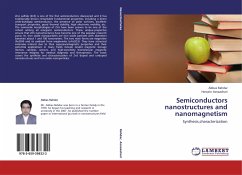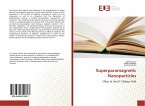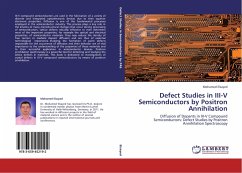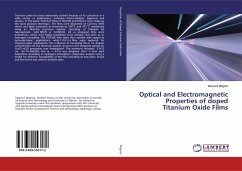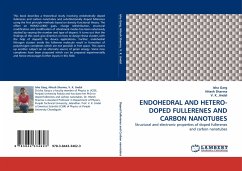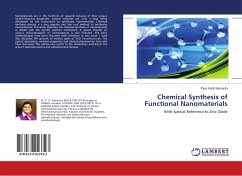Zinc sulfide (ZnS) is one of the first semiconductors discovered and it has traditionally shown remarkable fundamental properties, including a direct wide-bandgap semiconductor, the presence of polar surfaces, excellent transport properties, good thermal stability, high electronic mobility, etc. The nanoscale morphologies of ZnS have been proven to be one of the richest among all inorganic semiconductors. These unique properties ensure that ZnS nanostructures have become one of the popular research pursu its. Iron oxide nanoparticles are iron oxide particles with diameters between about 1 and 100 nanometers. The two main forms are magnetite (Fe3O4) and its oxidized form maghemite ( -Fe2O3). They have attracted extensive interest due to their superparamagnetic properties and their potential applications in many fields include terabit magnetic storage devices, catalysis, sensors, and high-sensitivity biomolecular magnetic resonance imaging for medical diagnosis and therapeutics. The book covers the synthesis and characterization of ZnS doped and undoped nanostructures and Iron oxide nanoparticles.
Bitte wählen Sie Ihr Anliegen aus.
Rechnungen
Retourenschein anfordern
Bestellstatus
Storno

